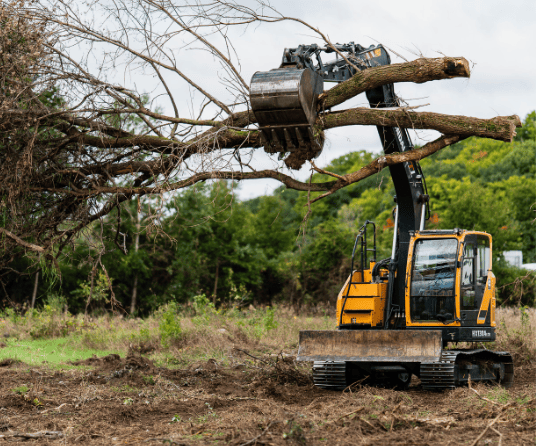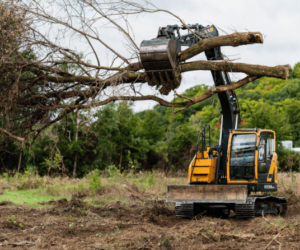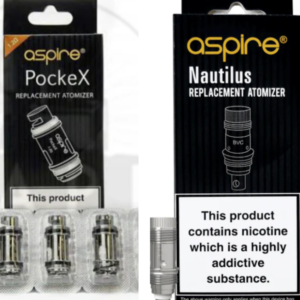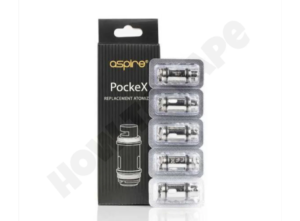Designing the Perfect Exhibition Booth: A Guide to Building Impactful and Engaging Spaces
In the bustling environment of trade shows and exhibitions, capturing attention is key. A well-designed booth has the power to attract visitors, engage them, and create lasting impressions that can turn casual passersby into potential clients. This is the expertise of exhibition booth builders, who craft booths that not only look impressive but also reflect a brand’s identity and objectives. This article will break down the essential steps to designing and building a booth that stands out and supports a brand’s goals. Whether you’re looking to boost brand awareness, generate leads, or create an immersive experience, understanding the basics of exhibition booth building can make a big difference.
Defining the Client’s Goals
A successful booth starts with a clear understanding of what the client wants to achieve. Are they aiming to launch a new product, build brand recognition, gather leads, or offer an interactive experience? These goals shape every design choice. For example:
- Product Launches benefit from dedicated demo areas and eye-catching visuals.
- Brand Visibility calls for strong, consistent branding and an inviting atmosphere.
- Lead Generation is supported by interactive features that collect visitor data.
Booth builders work closely with clients to ensure that every design and feature aligns with these objectives.
Designing for Both Form and Function
With goals set, the design phase begins, blending creativity with functionality. The design must be visually compelling while ensuring practical use for both visitors and staff.
Core Design Elements
- Branding and Visual Appeal: Branding is central, using logos, brand colors, and visuals that immediately communicate the company’s identity. Consistent branding and cohesive colors create a polished look.
- Layout and Flow: The layout should guide visitors intuitively, highlighting key information and allowing a smooth flow through the booth.
- Lighting: Good lighting makes a significant impact, highlighting focal areas or creating ambiance with LED strips or spotlights.
- Materials and Textures: Using varied textures, like wood, metal, or fabric, adds depth and interest. Sustainable materials can further reflect the company’s values.
- Interactive Elements: Interactive elements, like touchscreens or VR experiences, not only engage visitors but also make the brand memorable.
Building the Booth: From Design to Physical Space
With the design finalized, the construction phase begins, transforming digital concepts into a physical booth that’s durable, portable, and aligned with the design vision.
Key Construction Steps
- Structural Assembly: The frame and primary structure are typically built off-site to streamline on-site setup. Modular designs that can be disassembled and reused offer cost-effective flexibility.
- Graphics Installation: High-quality, durable graphics are essential to maintain visual appeal throughout the event.
- Lighting Setup: Lighting is installed last to ensure it complements other elements, with adjustable fixtures providing adaptability to the venue’s conditions.
- AV and Interactive Features: Interactive screens, sound systems, and other tech are installed at the end. Testing beforehand ensures everything works smoothly during the event.
Practical Considerations for Booth Builders
Experienced booth builders take practical and logistical considerations into account, ensuring the booth is both functional and easy to manage. Here are some essential considerations:
- Portability and Durability: Many booths are designed for repeated use, so they need to withstand assembly, disassembly, and transportation. Lightweight materials, modular parts, and strong joinery techniques contribute to a booth’s durability.
- Compliance with Venue Regulations: Venues have specific guidelines for booth height, materials, and electrical use, which booth builders must follow to avoid last-minute issues.
- Efficient Setup and Teardown: A streamlined setup and breakdown process saves time and reduces stress, especially for clients attending multiple events.
- Cost Management: Keeping the project within budget is crucial. From choosing cost-effective materials to efficient planning, skilled builders ensure that clients get a high-quality booth without overspending.
Engaging Visitors with Interactive Elements
Modern booths are dynamic spaces designed to engage and entertain, providing memorable experiences that help brands stand out. Booth builders play a significant role in integrating these elements.
- Touchscreens and Tablets: Interactive screens allow visitors to learn more about products or take virtual tours.
- Virtual and Augmented Reality: VR and AR create immersive experiences that let visitors “see” products in action.
- Data Collection: Using tablets, QR codes, and lead-capture systems helps gather visitor information, valuable for post-event follow-up.
Prioritizing Sustainability
With sustainability becoming more important, eco-friendly booths are now in demand. Clients increasingly request booths made with reusable materials, LED lighting, and modular designs to minimize waste. Sustainable booths not only appeal to eco-conscious visitors but also align with many companies’ CSR goals.
- Reusable Materials: Using materials like recycled aluminum, FSC-certified wood, and eco-friendly graphics is common.
- Energy-Efficient Lighting: LED lighting is energy-efficient and can be reprogrammed for multiple events.
- Modular Designs: Modular booths can be reconfigured for different events, reducing the need for single-use parts.
The Value of a Well-Constructed Booth
A well-designed and built booth isn’t just an expense; it’s an investment in brand reputation and customer engagement. When done right, a booth attracts visitors, conveys key messages, and creates a positive impression that lasts beyond the event. By partnering with an experienced booth builder, brands can ensure their booth accurately reflects their vision and helps them meet their objectives.
Conclusion
Exhibition booth building is a blend of design, construction, and marketing. Every stage—from initial concept to installation—requires skill, creativity, and a deep understanding of the brand. A great booth builder, such as an exhibition stand contractor in Hamburg, not only realizes a client’s vision but also enhances it, creating a space that draws in visitors, tells the brand’s story, and leaves a lasting impression. Whether it’s a small, straightforward booth or a grand, immersive display, a well-crafted booth is key to success in the competitive world of trade shows and exhibitions.













Post Comment